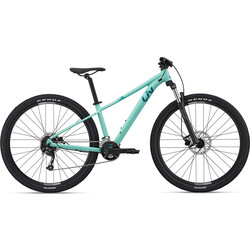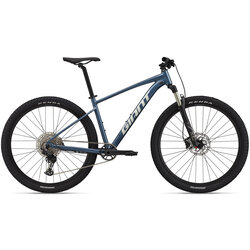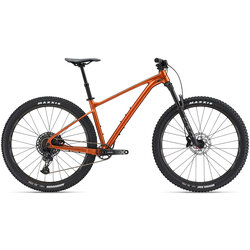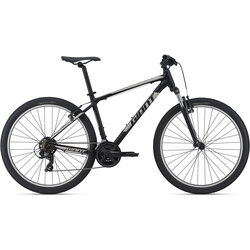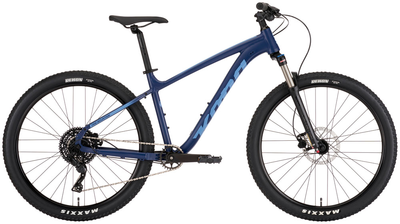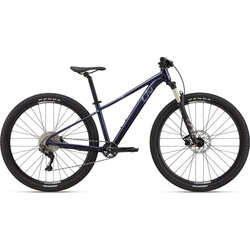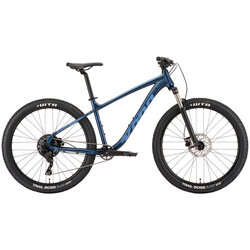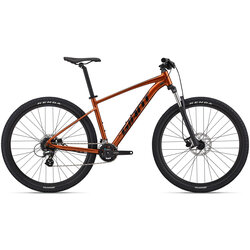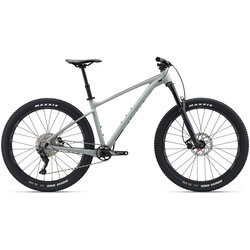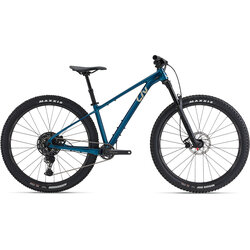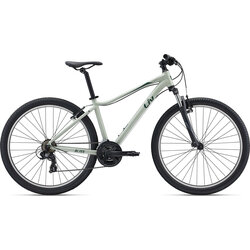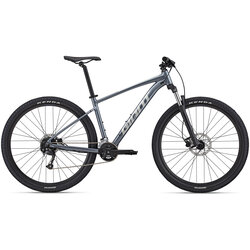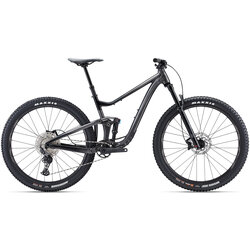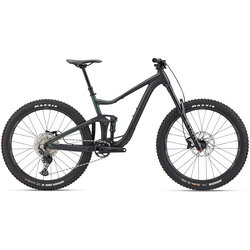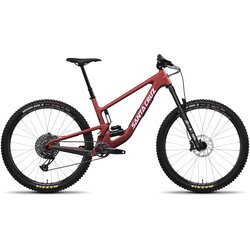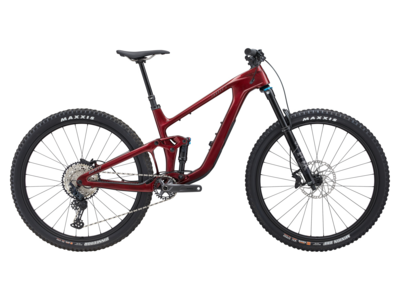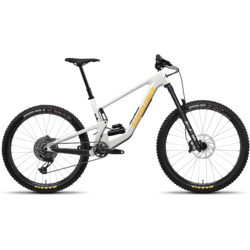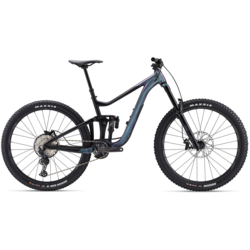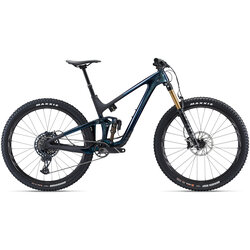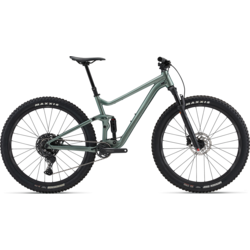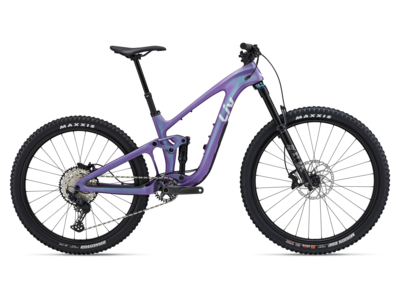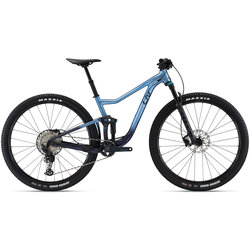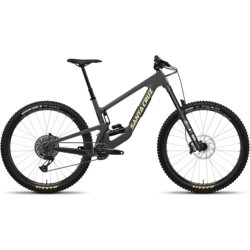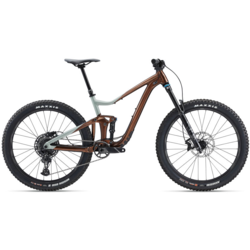MOUNTAIN BIKES AT CYCLEPATH KELOWNA
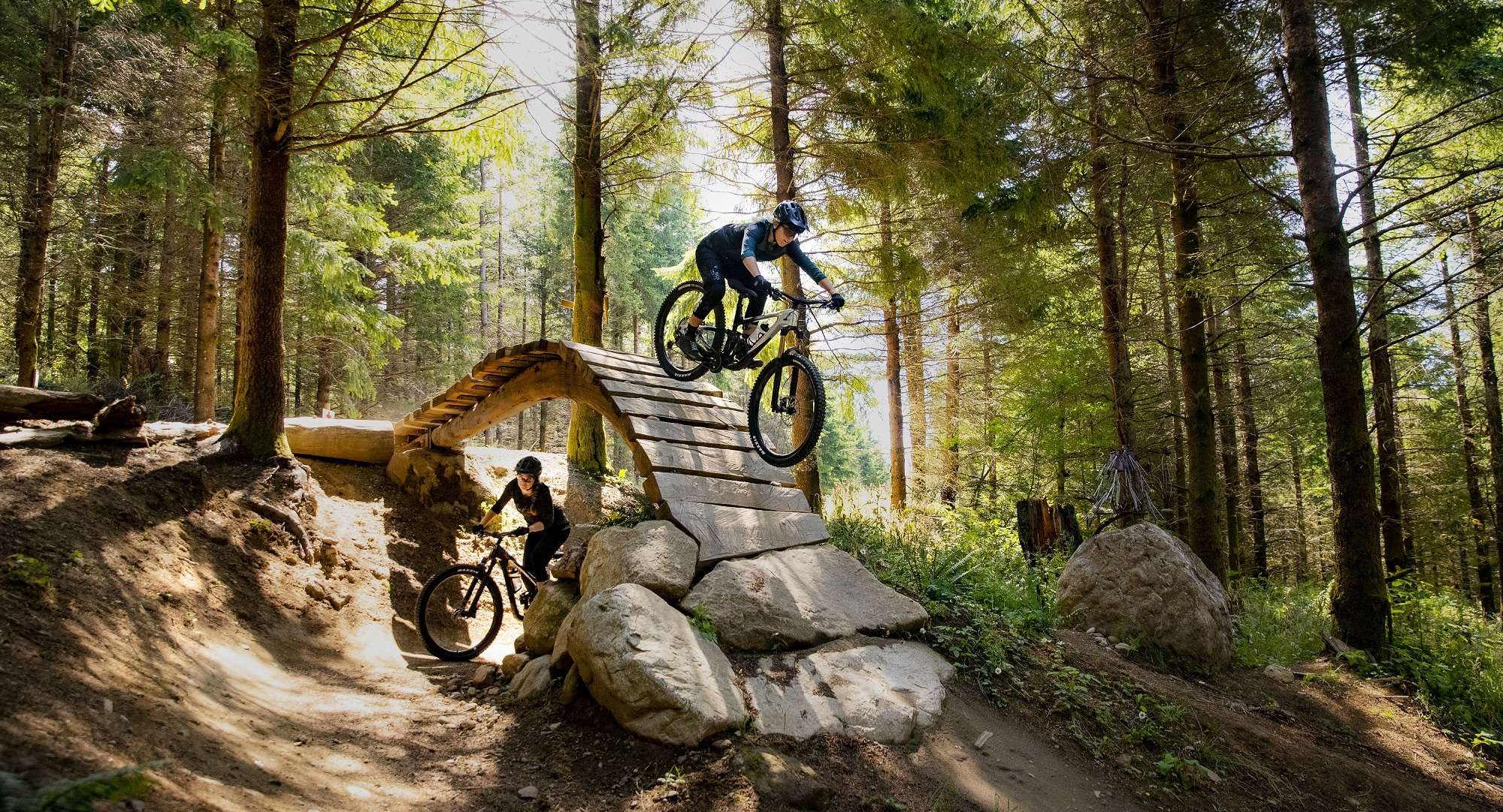
Kelowna is lucky to have incredible mountain biking trails just minutes from the Downtown area. You don’t have to travel far to find yourself away from the roads to find yourself amongst any of the diverse terrains on offer in our incredible region.
It’s little wonder that mountain biking means different things to different people.
For some, it’s tackling the gnarly terrain in Rose Valley and Gillard or racing downhill on the epic runs at Big White and Silverstar. For others, it’s the simple pleasure of getting off-road and hitting the gravel along Mission Greenway.
Different terrain demands different features from your bike. So, it’s important to choose the right type of mountain bike for your favourite trails and your style of riding. That way, you’ll be well set up to get the most out of your bike (and your investment).
TYPES OF MOUNTAIN BIKES
Unless you're keen to get your hands on a custom build (or you're building something yourself), you'll probably get a mountain bike that falls into one of these categories:
CROSS COUNTRY (XC)
Cross-country mountain bikes are lighter weight (21 to 26lbs); incorporate steeper geometry and more aerodynamic riding positions to allow the rider to be the fastest and most efficient that they can be.
Examples of XC bikes: Giant Anthem, Santa Cruz Chameleon
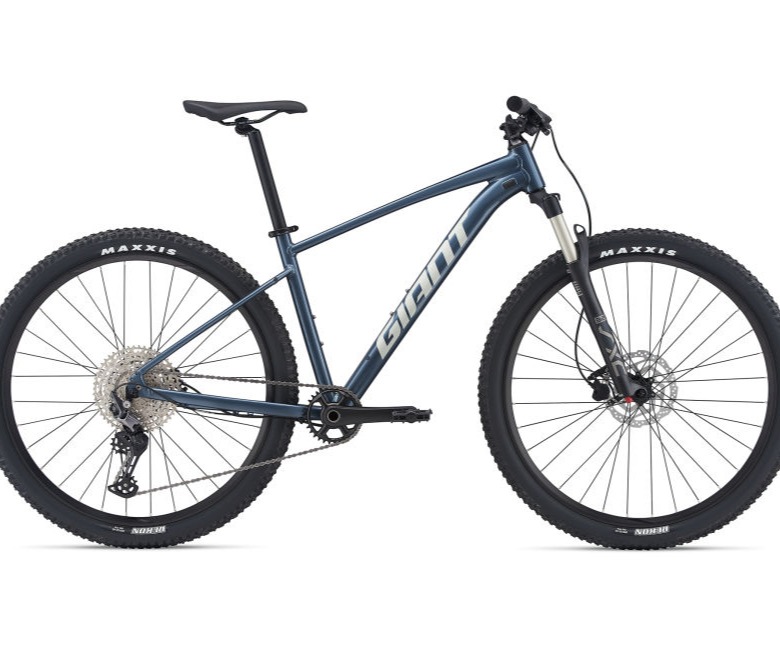
HARDTAIL MOUNTAIN BIKES
Hardtail mountain bikes have a front suspension fork but no suspension in the rear. They make great adventure bikes and can be fitted out for bikepacking or ripping up the local trails.
The absence of rear suspension means they’re more affordable than full-suspension bikes and easier/cheaper to maintain. They’re also a bit more responsive on climbs, since the suspension doesn’t mute your output.
There are some drawbacks too. They’ll feel bumpier and sluggish on technical terrain - in fact, they’re generally less capable, so beginners will want to stick to smooth trails to build up confidence before heading anywhere technical on a hardtail.
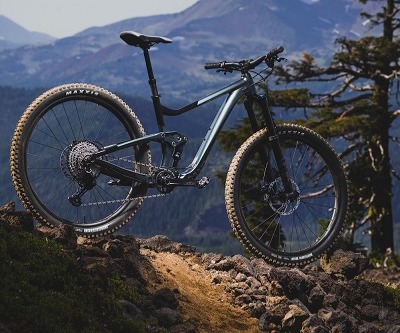
FULL SUSPENSION MOUNTAIN BIKES
Full-suspension trail mountain bikes are fitted out with front and rear suspension, so they’re ready to help you confidently tackle technical terrain - rocks, roots, dirt, and all.
These highly capable mountain bikes have the gear range for comfortable ascents and the suspension and geometry that’ll give you confidence on any descent. Riding rocks will feel smoother and more controlled on these than they will on a hard tail.
THE DIFFERENT TYPES OF FULL-SUSPENSION MOUNTAIN BIKE
FULL-SUSPENSION TRAIL MOUNTAIN BIKES
Trail bikes are the workhorse of off road biking. They’re a good choice for anyone getting into mountain biking since they’ve got such broad range. But don’t let their entry-level appeal fool you, they’re beloved by recreational riders of all abilities.
TRAIL BIKE GEOMETRY
Trail bikes have more relaxed geometry and are typically slightly burlier (24 – 27lbs) than their twitchy, race-oriented, cross-country brethren. They’re designed to typify what a mountain bike is: an efficient, all-purpose bike you can take almost anywhere.
Perfect for: Getting your bearings at Knox, Crawford, Conkle Bonk, and beyond. You can even get your confidence up on the blue trails at Silverstar, Revelstoke Mountain Park, and Big White on a trail bike with capable travel.
Examples of Trail bikes: Santa Cruz 5010, Santa Cruz Hightower, Santa Cruz Tallboy, Giant Trance
ALL MOUNTAIN / ENDURO MTB
All mountain & enduro bikes are generally mid weight (27 to 32lbs), slacker geometry, longer travel (suspension) versions of trail bikes. They allow the rider to tackle more technical terrain confidently but do add a ‘penalty’ to the climb up with extra weight and slacker angles.
These bikes are perfect for anyone wanting to descend hard at Knox, Crawford, or Gillard - but who's not afraid of the pain cave during the pedal up. Intermediate to Advanced riders often use these bikes as their 'one bike quiver'.
Examples of All Mountain bikes: Giant Reign, Santa Cruz Nomad, Santa Cruz Bronson, Santa Cruz Hightower LT
DOWNHILL MOUNTAIN BIKES
Downhill mountain bikes and big travel freeride mountain bikes are heavier (35 to 45lbs), much slacker geometry, long travel suspension bikes. They are built strong and incorporate larger brakes to allow the rider to tackle steep, rugged downhill terrain and big jumps. These bikes are much more difficult to climb with and are generally used at lift access ski areas or in shuttle assisted riding areas.
They're perfect for shuttling Gillard or hitting the slopes at Silverstar, Sun Peaks, and Big White.
Examples of Downhill bikes: Santa Cruz V10, Giant Glory
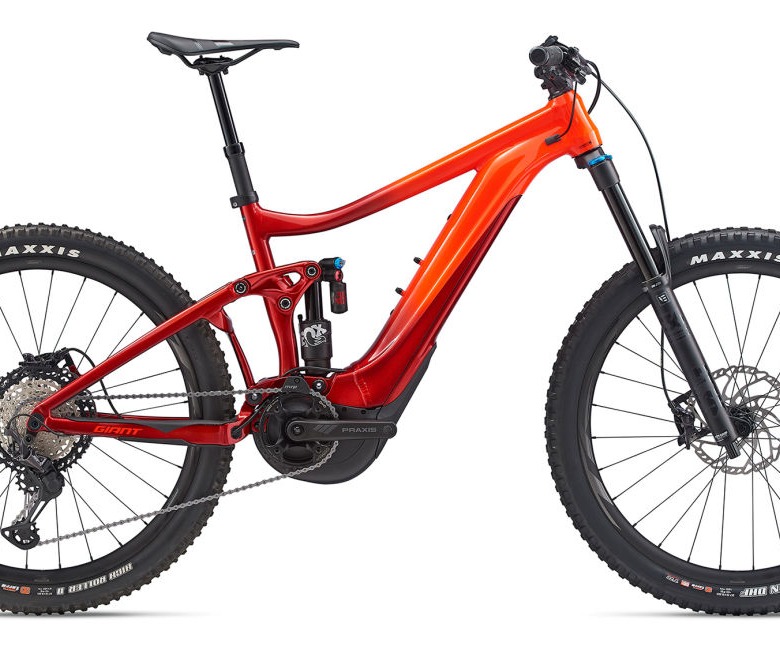
ELECTRIC MOUNTAIN BIKES
Electric mountain bikes (or e-MTB) have taken off over the last few years. They're the quiet, powerful trail-slaying weapons you want on your side on long or steep rides. You'll conquer new trails and master old ones as you gain new skills and confidence.
We stock electric-assist mountain bikes that feature trail geometry and burlier models with enduro geometry. With today's tech, the battery is so well integrated you'll barely see it there.
Examples of Electric Mountain Bikes: Liv Intrigue E+ 1 Pro, Giant Reign E1+ Pro 29 2, Santa Cruz Heckler



